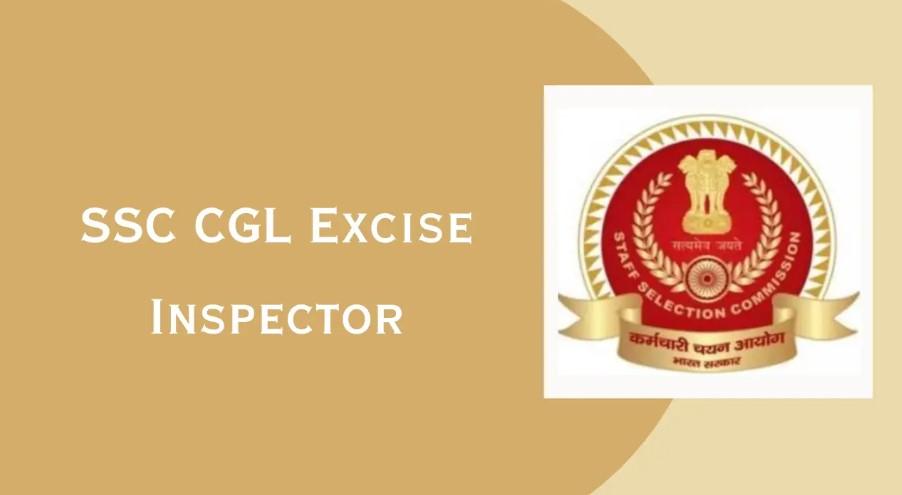Prudential Guidelines on Credit Default Swaps (CDS)
Prudential Guidelines on Credit Default Swaps (CDS)
Please refer to guidelines on single name Credit Default Swaps on corporate bonds issued vide Circular No. IDMD.PCD.No.5053/14.03.04/2010-11 dated May 23, 2011. As indicated in the paragraph 3.5 of the circular, market participants will have to follow the capital adequacy guidelines for CDS issued by their respective regulators. Accordingly, guidelines on capital adequacy, exposure norms and provisioning to banks undertaking CDS transactions are enclosed asAnnex.
2. The guidelines will be applicable on CDS transactions undertaken by Indian banks domestically or through their overseas branches / subsidiaries / joint ventures as well as Indian operations of foreign banks. While undertaking CDS transactions overseas, Indian banks should adhere to guidelines of host country, if they are more conservative / stricter than these guidelines.
3. These guidelines become applicable with immediate effect.
1. Introduction
With a view to providing market participants a tool to transfer and manage credit risk associated with corporate bonds, Reserve Bank of India has introduced single name CDS on corporate bonds. Banks can undertake transactions in such CDS, both as market-makers as well as users. As users, banks can buy CDS to hedge a Banking Book or Trading Book exposure. The prudential guidelines dealing with CDS are dealt with in the following paragraphs.
2. Definitions
The following definitions are used in these guidelines:
- Credit event payment – the amount which is payable by the credit protection provider to the credit protection buyer under the terms of the credit derivative contract following the occurrence of a credit event. The payment can be in the form of physical settlement (payment of par in exchange for physical delivery of a deliverable obligation of the reference entity) or cash settlement (either a payment determined on a par-less-recovery basis, i.e. determined using the par value of the reference obligation less that obligation’s recovery value, or a fixed amount, or a fixed percentage of the par amount).
- Deliverable asset / obligation – any obligation1 of the reference entity which can be delivered, under the terms of the contract, if a credit event occurs. [A deliverable obligation is relevant for credit derivatives that are to be physically settled.]
- Reference obligation – the obligation2 used to calculate the amount payable when a credit event occurs under the terms of a credit derivative contract. [A reference obligation is relevant for obligations that are to be cash settled (on a par-less-recovery basis).]
- Underlying asset / obligation – The asset3 which a protection buyer is seeking to hedge.
3. Classification of CDS into Trading Book and Banking BookPositions
For the purpose of capital adequacy for CDS transactions, Trading Book would comprise Held for Trading positions and Banking Book would comprise Held to Maturity and Available for Sale positions. A CDS being a financial derivative will be classified in the Trading Book except when it is contracted and designated as a hedge for a Banking Book exposure. Thus, the CDS positions held in the Trading Book would include positions which:
(a) arise from market-making;
(b) are meant for hedging the exposures in the Trading Book;
(c) are held for short-term resale; and
(d) are taken by the bank with the intention of benefiting in the short-term from the actual and / or expected differences between their buying and selling prices
CDS positions meant for hedging Banking Book exposures will be classified in the Banking Book. However, all CDS positions, either in Banking Book or Trading Book, should be marked-to-market. All CDS positions should meet the operational requirements indicated in paragraph 4 below.
4. Operational requirements for CDS to be recognised as eligible External / Third-party hedges for Trading Book and Banking Book
(a) A CDS contract should represent a direct claim on the protection provider and should be explicitly referenced to specific exposure, so that the extent of the cover is clearly defined and incontrovertible.
(b) Other than non-payment by a protection purchaser of premium in respect of the credit protection contract it should be irrevocable.
(c) There should be no clause in the contract that would allow the protection provider unilaterally to cancel the credit cover or that would increase the effective cost of cover as a result of deteriorating credit quality in the hedged exposure.
(d) The CDS contract should be unconditional; there should be no clause in the protection contract outside the direct control of the bank (protection buyer) that could prevent the protection provider from being obliged to pay out in a timely manner in the event that the original counterparty fails to make the payment(s) due.
(e) The credit events specified by the contracting parties should at a minimum cover:
(i) failure to pay the amounts due under terms of the underlying obligation that are in effect at the time of such failure (with a grace period that is closely in line with the grace period in the underlying obligation);
(ii) bankruptcy, insolvency or inability of the obligor to pay its debts, or its failure or admission in writing of its inability generally to pay its debts as they become due, and analogous events; and
(iii) restructuring of the underlying obligation (as contemplated in the IDMD guidelines on CDS dated May 23, 2011) involving forgiveness or postponement of principal, interest or fees that results in a credit loss event (i.e. charge-off,)
Note : As a part of Our Quality Policy , We Don’t Publish any Restricted Material on our Website . If you have issues kindly let us know here
Related Tags RBI















